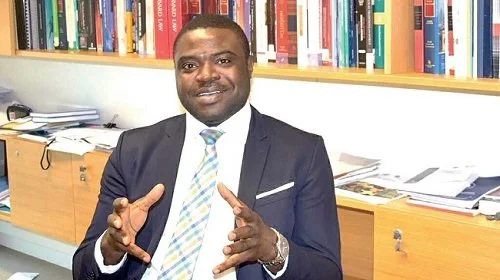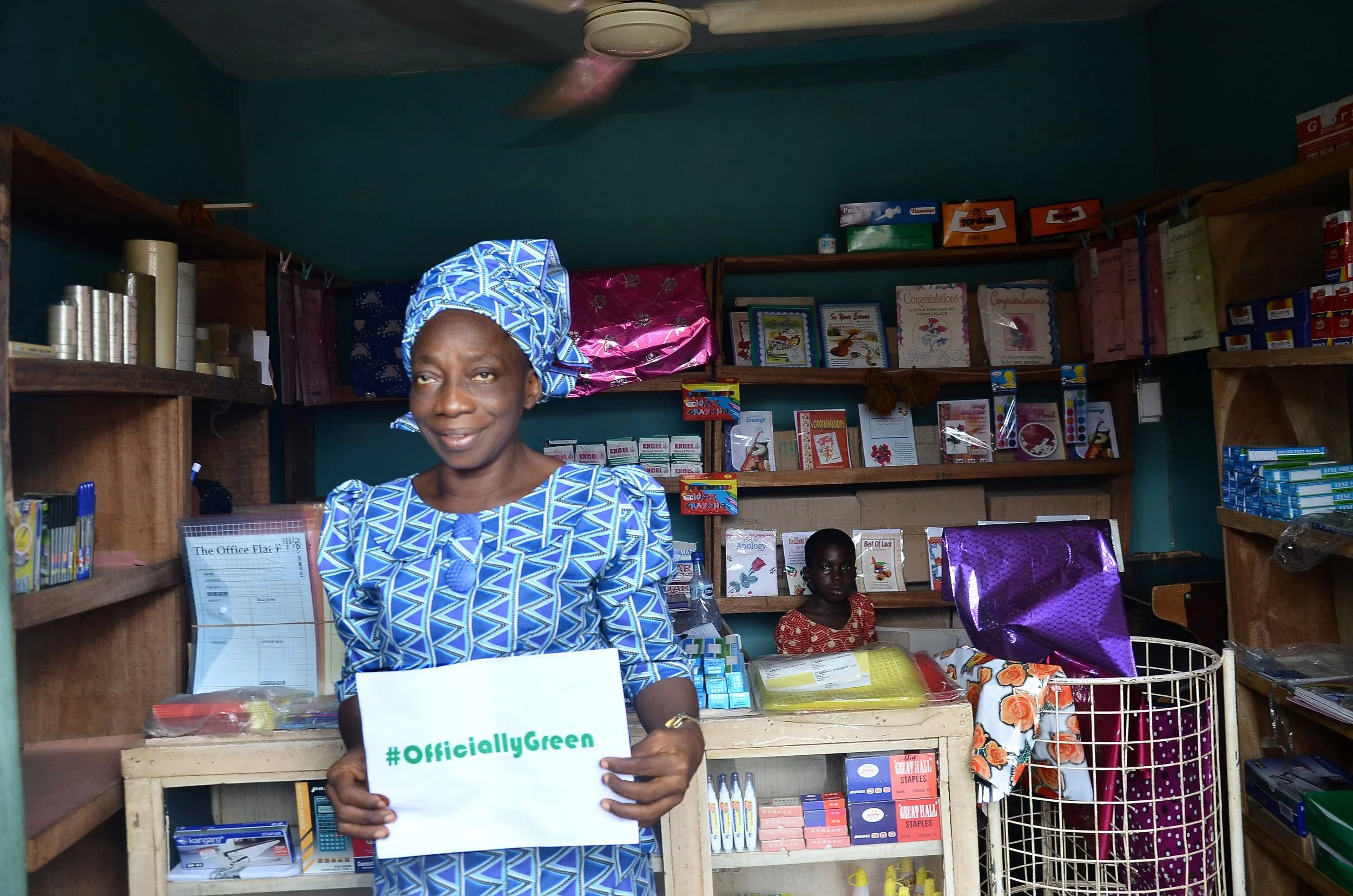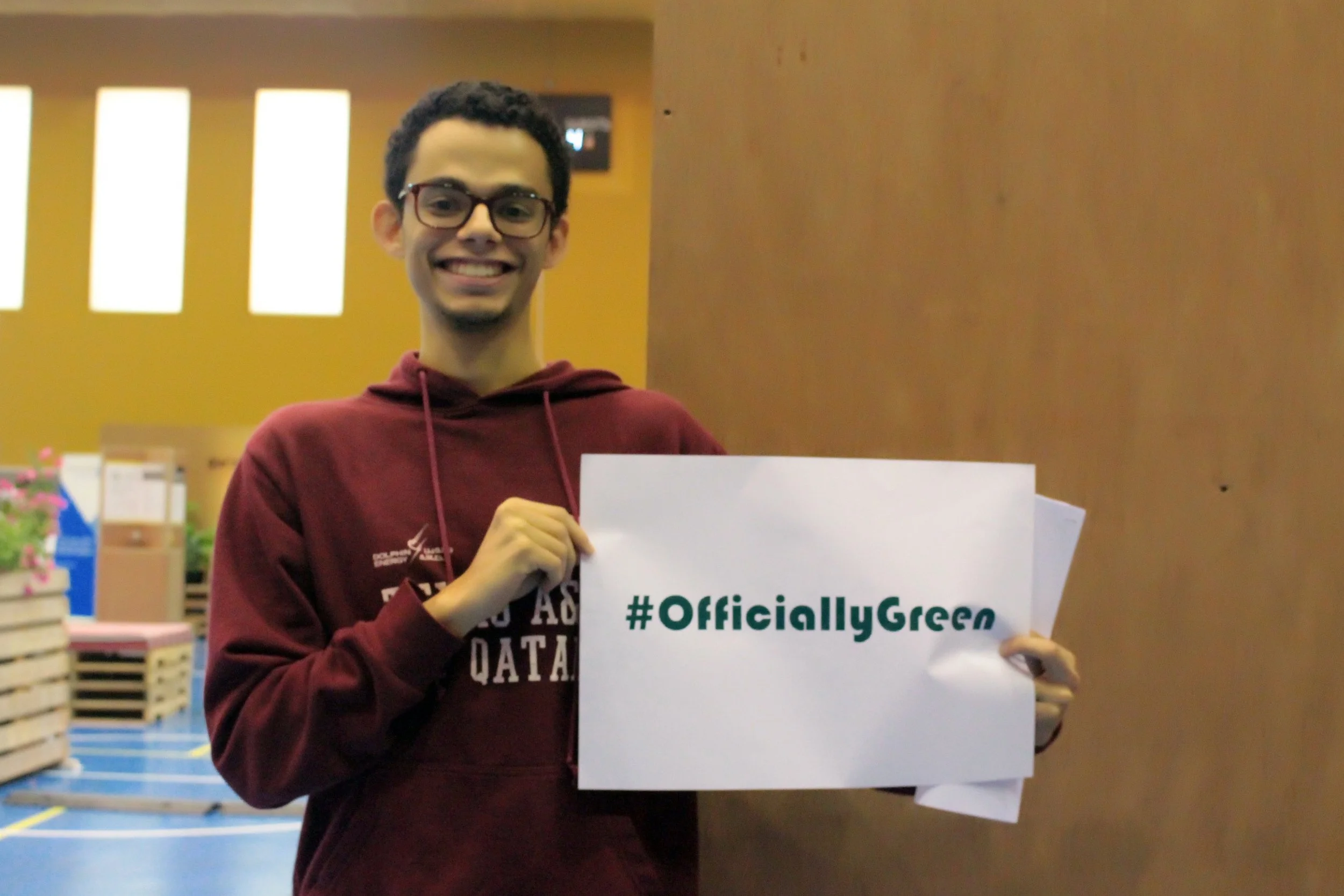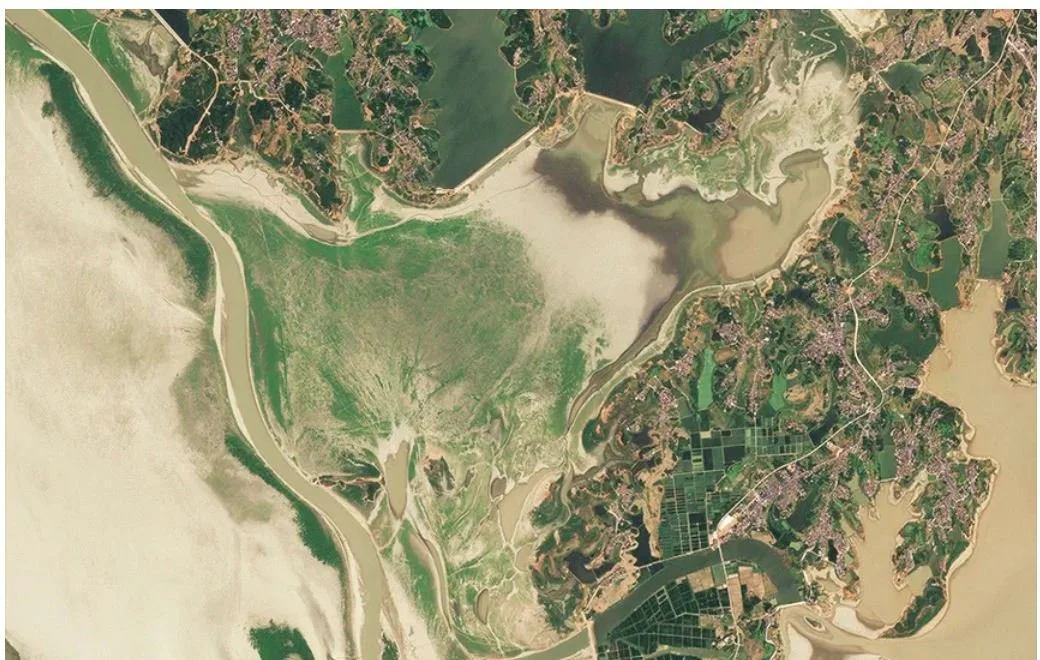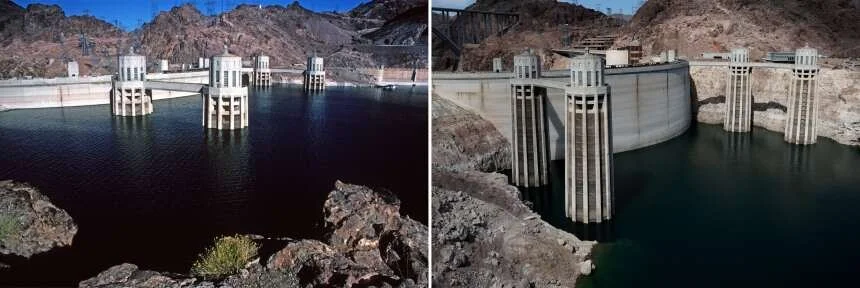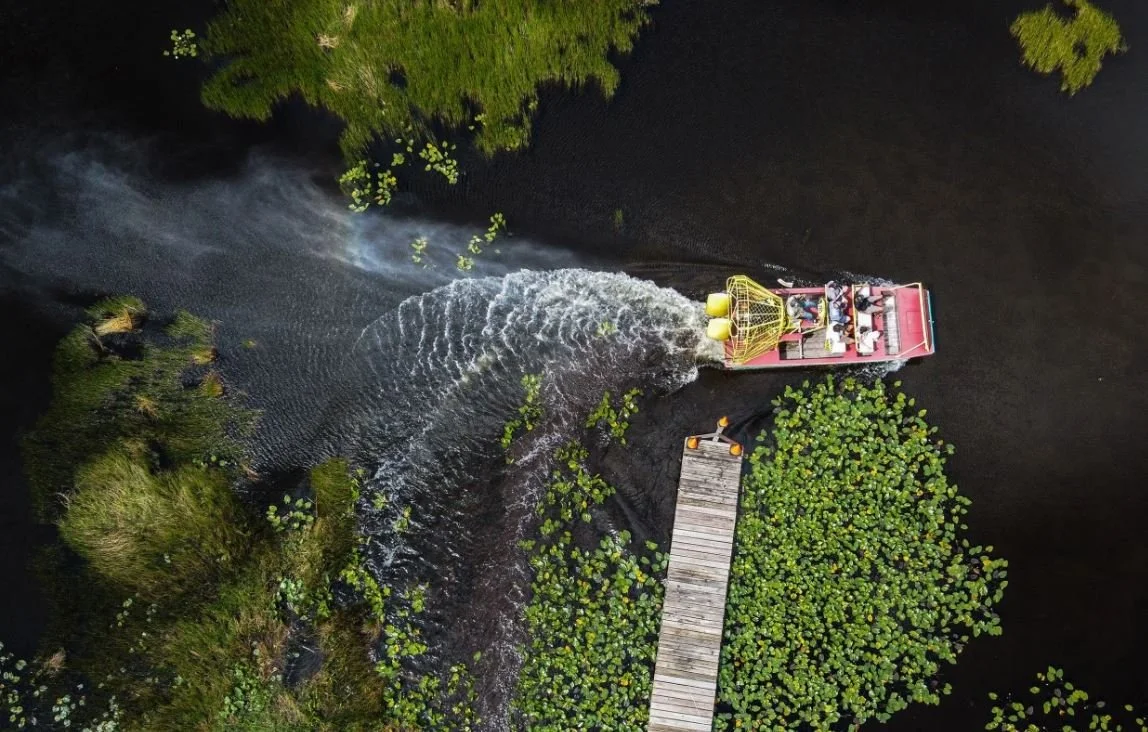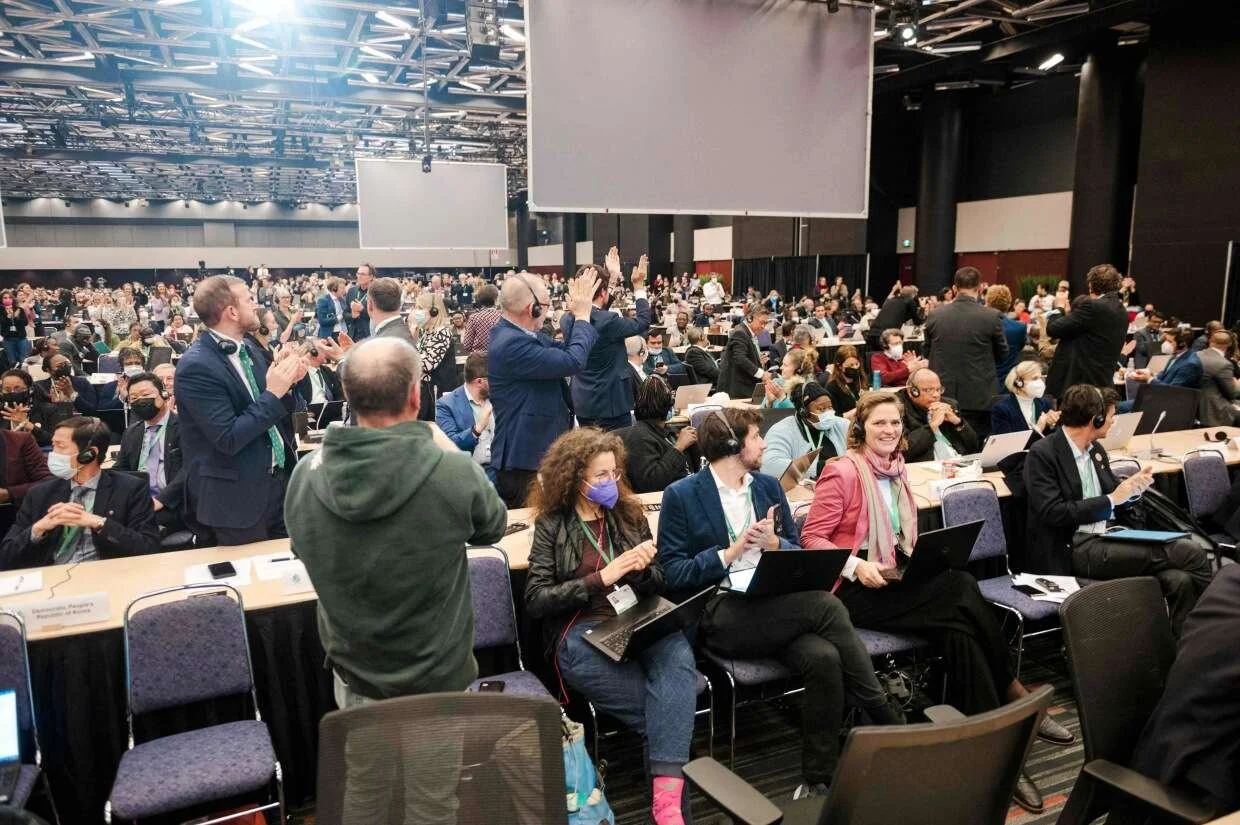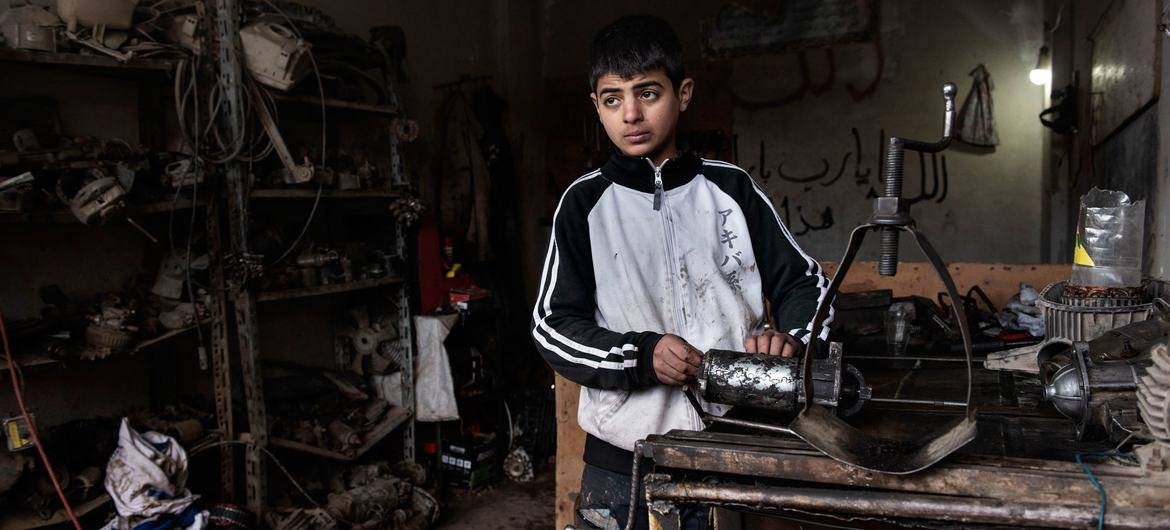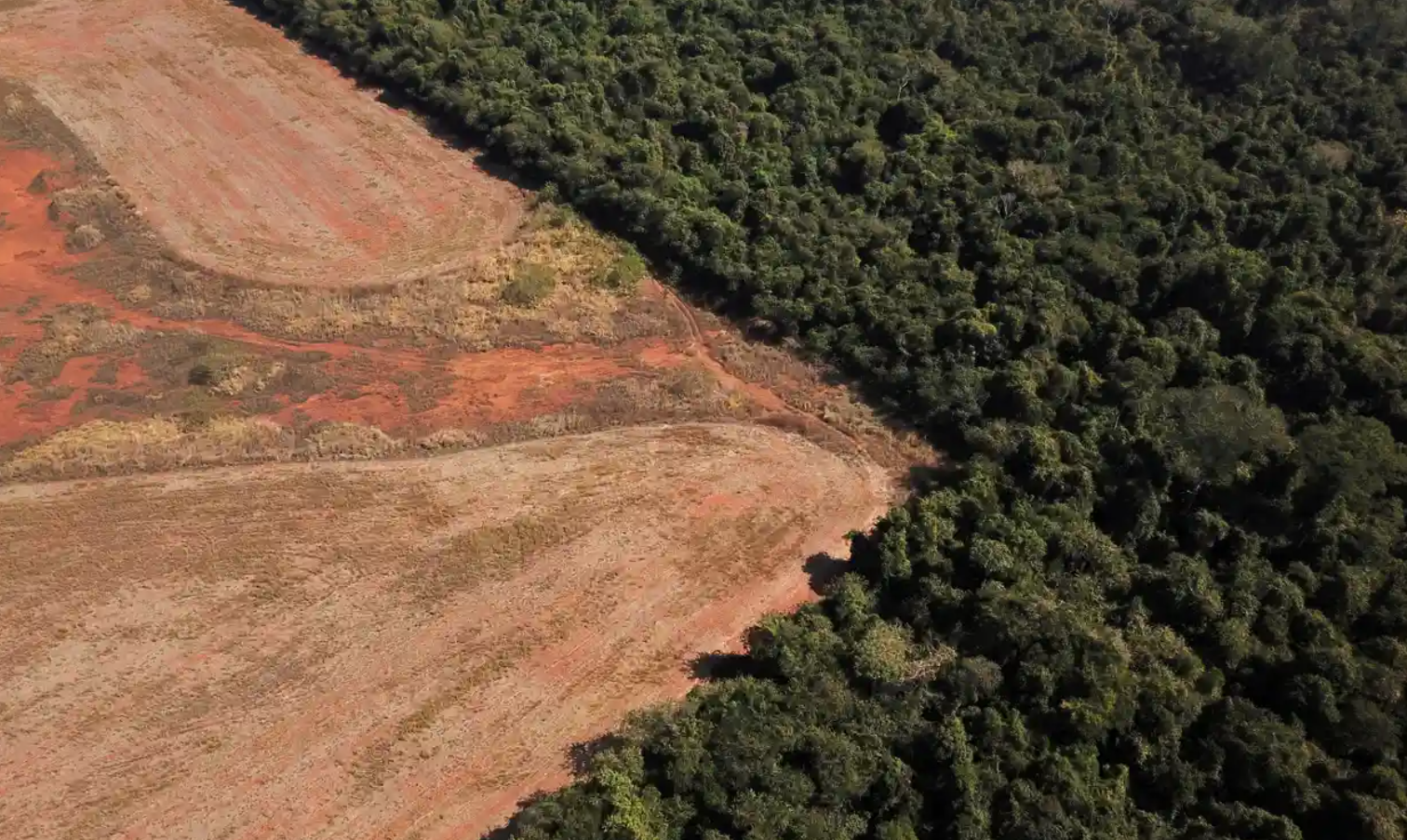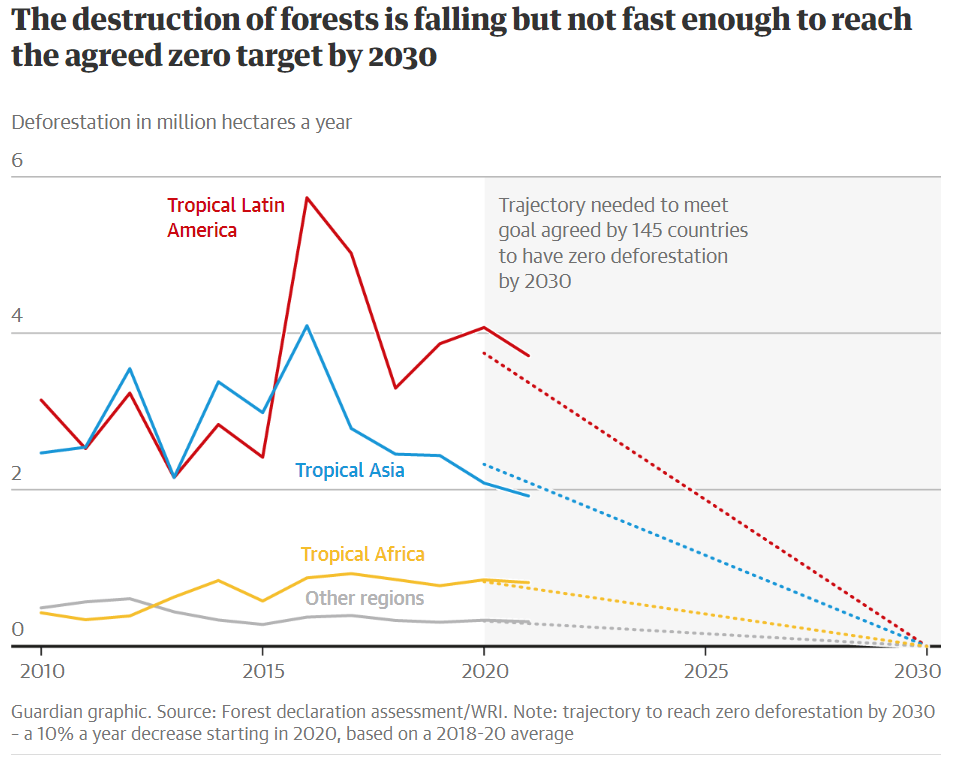Natalia Milovanova
The effects of climate change are not equal across genders. Women, particularly in the global south, are more greatly impacted than men. This is a result of cultural and historical norms that put women in vulnerable positions. These norms, compounded with the fact that women make up the majority of agriculture producers in rural areas, make them more susceptible to the negative effects of climate change, such as droughts, floods, and crop failures.
In addition, women are expected to care for children, the elderly, and the sick in traditional patriarchal societies, leaving them with little mobility to migrate. Women also face a lack of equal opportunities compared to men in finding alternative employment in rural areas. The effects of natural disasters, such as the destruction of infrastructure, also disproportionately impact pregnant women in rural areas, contributing to the high rates of maternal mortality.
The root cause of these issues is the lack of land rights for women. Without ownership of the land they work on, women are not able to be active decision-makers and their labor remains invisible. This not only perpetuates their vulnerability to the effects of climate change, but also makes the current system unsustainable as women produce the majority of food.
It is imperative that advanced laws and legislation be put in place to give women rights over their land. This, along with governance support, could provide women with the necessary financial, humanitarian, and medical aid in times of disaster. We must also challenge cultural norms and prioritize equality, making women more visible and granting them full human rights. This, in turn, will lead to a more sustainable future.
Further Reading
UN Learning Centre course about Gender in Environment:https://unccelearn.org/course/view.php?id=39&page=overview
The vulnerability of women to climate change in coastal regions of Nigeria: a case of the IIaje community in Ondo state» By Adenike A. Akinsemolu and Obafemi A.P. Olukoya;
Gender Equality and Sustainable Development: Evaluating the Effectiveness of Nigerian Laws and Practices to Guarantee the Woman’s Human Rights» by Oluwakemi Odeyinde, Leccion of Amber Fletcher from Regina University,


